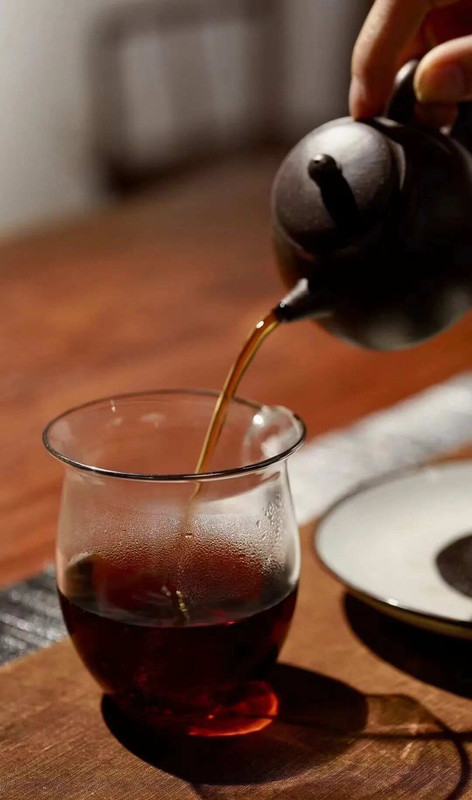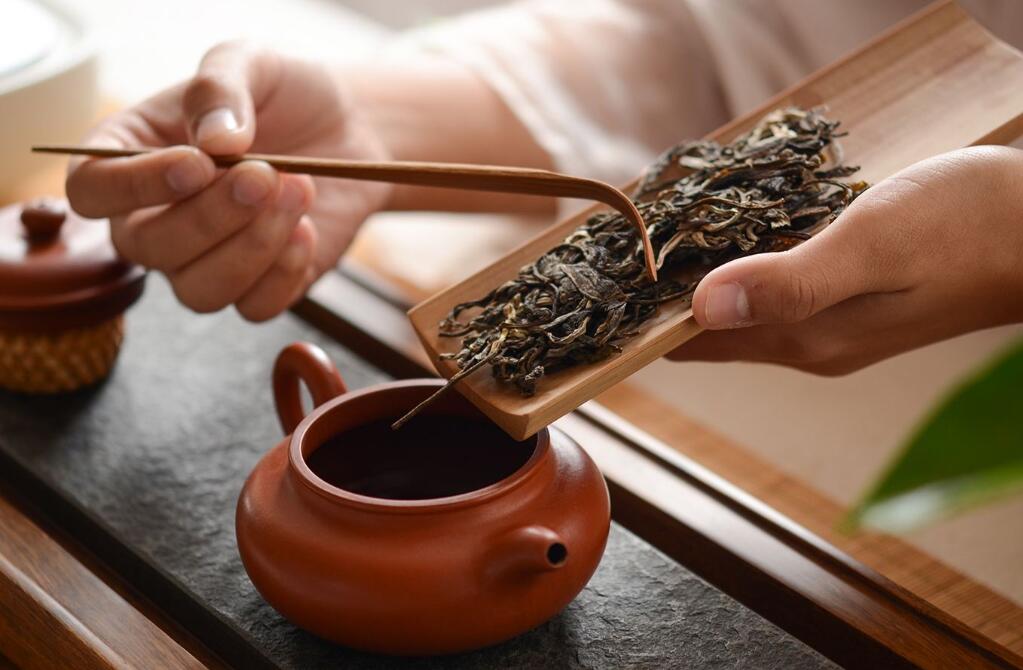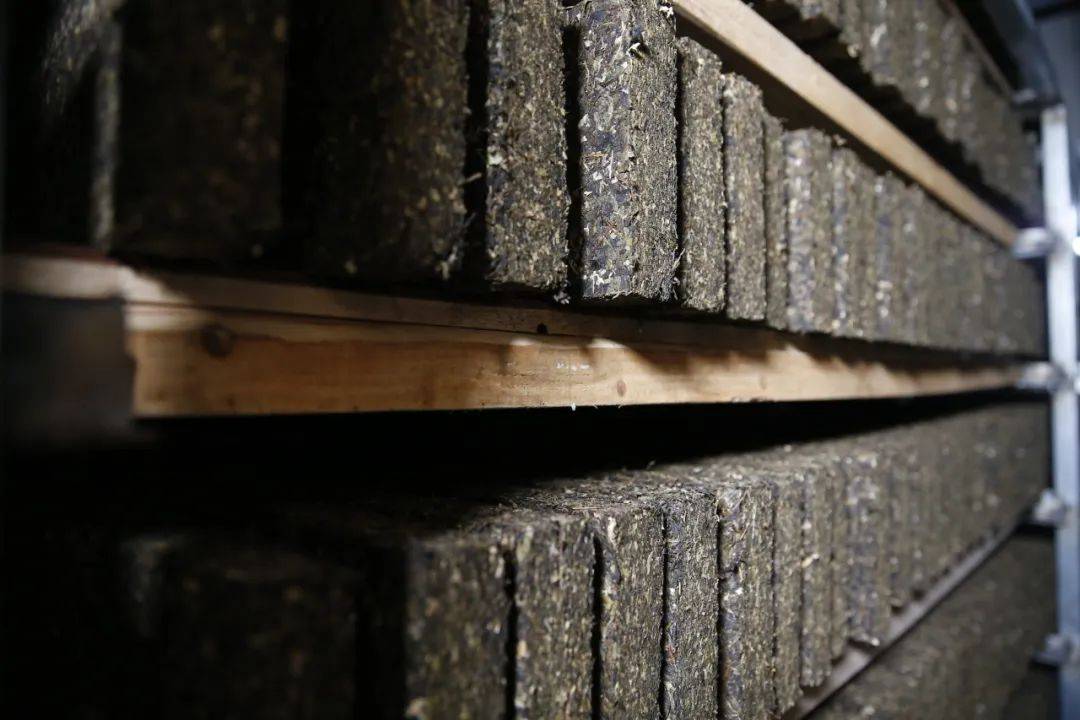Dark tea, a category of post-fermented marvels, is revered for its earthy depth, medicinal complexity, and ability to age gracefully. From the fungal-rich Pu-erh of Yunnan to the smoky Liu Bao of Guangxi, dark tea demands teaware that complements its bold character while refining its layers of flavor. Unlike delicate green teas or floral oolongs, dark tea thrives in vessels that balance heat retention, oxidation, and ritual. Here’s how to brew a cup that honors its storied tradition.

1. Yixing Clay Pots: The Time-Honored Companion
In Yunnan’s tea horse caravan towns, Yixing zisha clay pots are considered dark tea’s soulmate. Their porous, unglazed interiors absorb the tea’s essence over decades, creating a symbiotic relationship that mellows tannins and deepens complexity.
Why They Shine:
- Flavor Seasoning: Yixing’s micro-pores “breathe” with the tea, gradually softening harshness and enhancing body.
- Heat Retention: Thick clay keeps water hot during long infusions, essential for extracting full flavor from compressed cakes.
- Cultural Pedigree: These pots have been prized since the Ming Dynasty for their ability to transform raw sheng Pu-erh into velvety elixirs.
Pro Tip: Use a dedicated pot for each dark tea type (e.g., one for aged sheng, another for ripe shou) to avoid flavor crossover.
2. Porcelain Gaiwans: Precision for the Connoisseur
For tea explorers seeking to dissect dark tea’s nuances, porcelain gaiwans offer a neutral canvas. Their wide opening and lid allow you to inspect leaf quality, while the non-porous material ensures no interference with delicate aromas.
Advantages:
- Aroma Amplification: Lift the lid to inhale the tea’s evolving fragrance—from damp earth to leather to faint camphor.
- Temperature Control: Porcelain retains heat moderately, preventing scalding in younger dark teas.
- Ritual Appeal: The gaiwan’s simplicity invites mindfulness, whether brewing alone or sharing.
Pairing Suggestion: Use a 150–200ml gaiwan for 5–7 grams of tea, adjusting steeping time (10–30 seconds) to unlock flavor layers.
3. Iron Kettles: Boiling with Purpose
In Tibetan and Mongolian traditions, iron kettles (tetsubin) are prized for their ability to maintain rolling boils—critical for dark tea’s high-temperature extraction. Iron’s conductivity ensures even heating, while its subtle oxidation over time adds mineral depth to the brew.
Why It Works:
- Water Quality: Iron ions soften water, reducing bitterness in aged teas.
- Heat Stability: Thick iron walls keep water hot for hours, ideal for multi-infusion sessions.
- Rustic Charm: A well-seasoned tetsubin develops a patina that tells stories of countless brews.
Pro Tip: Avoid scrubbing the interior—the natural oxide layer enhances flavor.
4. Thick-Walled Ceramic Cups: For the Bold and Earthy
In Guangdong’s cha chaan tengs, thick-walled ceramic cups are favored for their ability to retain heat and soften astringency in dark tea.
Why They Work:
- Temperature Stability: Insulating ceramic keeps tea warm during slow sips.
- Mouthfeel Enhancement: The cup’s weight and texture contrast beautifully with dark tea’s silkiness.
- Rustic Charm: Unglazed stoneware cups, often hand-thrown, add earthy authenticity to the ritual.
Pairing Suggestion: Match a rough-hewn cup with a roasted Liu Bao for a tactile and gustatory dialogue.
5. Glass Teapots: Modernity Meets Tradition
For dark teas with striking leaf aesthetics—like the “golden flowers” of Fu Brick or the mossy cakes of Liubao—glass teapots offer a striking visual contrast.
Key Features:
- Heat Resistance: Borosilicate glass withstands boiling water without warping.
- Flavor Neutrality: Glass won’t absorb or alter the tea’s profile, ideal for assessing quality.
- Aesthetic Drama: Pair with a tea warmer to maintain temperature during leisurely sessions.
Pro Tip: Serve in hand-blown glass cups to admire the tea’s gradient hues from mahogany to ruby.
Final Considerations: Beyond the Basics
- Aging Potential: Store dark tea in porous clay jars to encourage slow oxidation, mimicking natural aging.
- Cultural Context: In Hunan, dark tea is brewed in clay pots during ancestral rituals, while in Hong Kong, it’s served in tiny “thimble cups” to savor intensity.
- Sustainability: Choose lead-free glazes and ethically sourced clay.



